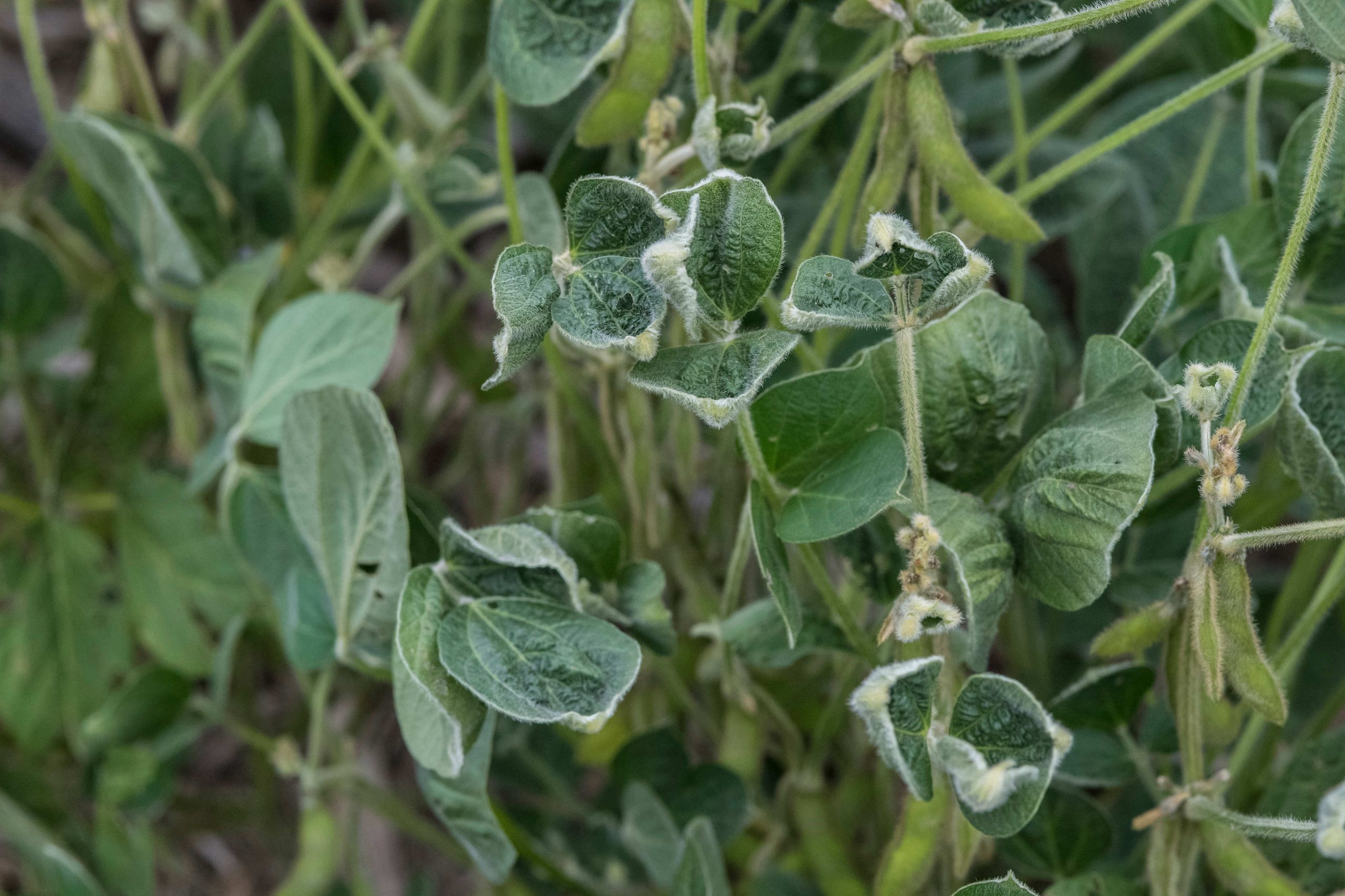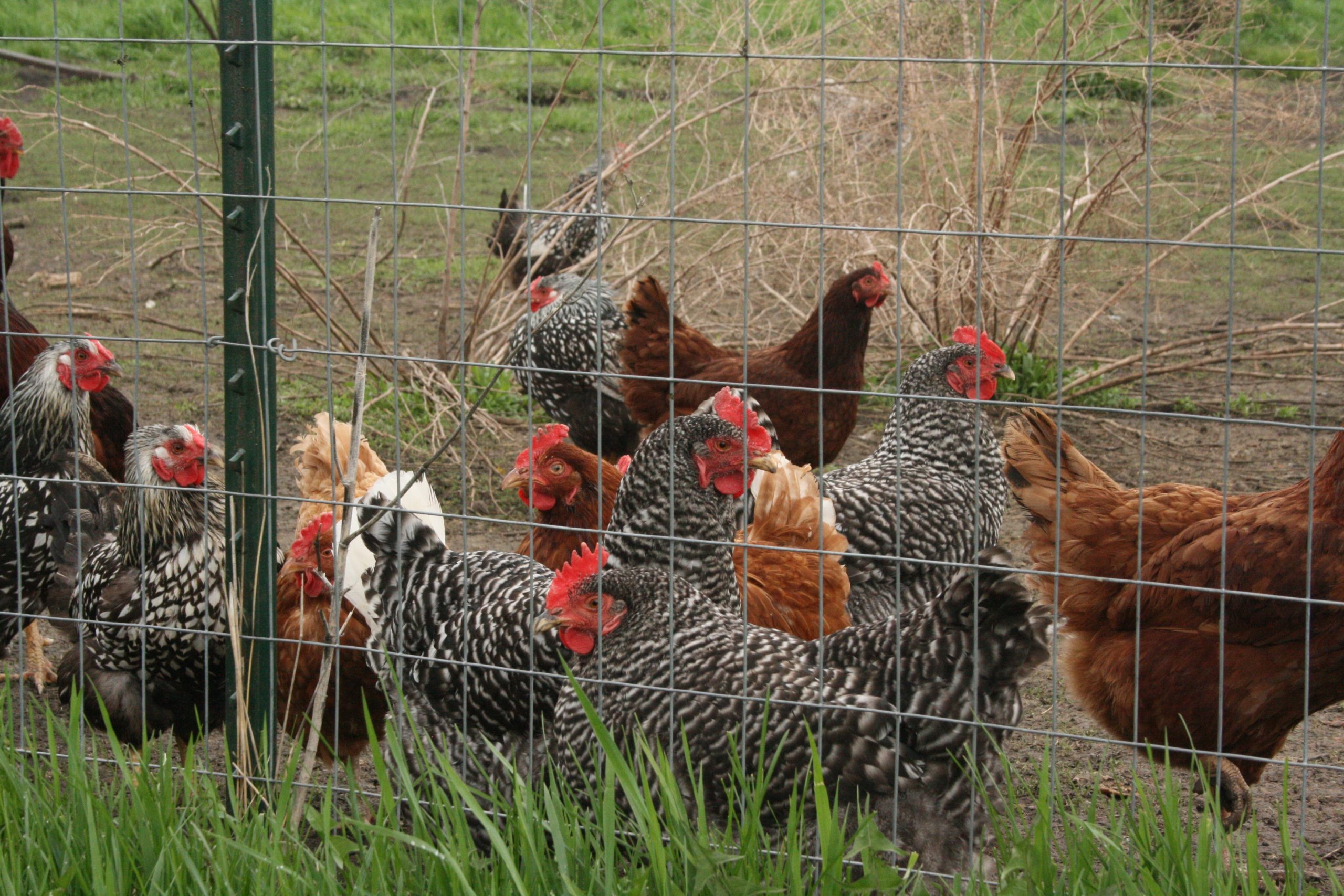Being a farmer means accepting uncertainty. Will it rain enough? Has it rained too much? What will the upcoming heat spell do to my crops? Is that bug invasion on my soybeans serious enough to spend big money to contain? What will prices be like in the fall when I have to sell? The list is truly endless.
And a lot of conditions that create the uncertainty are beyond the farmer’s control. Now cotton and soybean farmers have something new to be uncertain about.
The herbicide dicamba is back in the news. The question at the heart of the issue is: Will farmers have dicamba at their disposal next year?
And it’s a crapshoot whether the Environmental Protection Agency — and likely the courts — green-light the use of dicamba to control weeds on cotton and soybean fields in 2025.
Now, that’s a big no thanks to Arizona District Court Judge David Bury. This past February, at the request of the Center for Biological Diversity and other plaintiffs, Bury vacated the registrations of the most used dicamba products: Bayer’s XtendiMax, BASF’s Engenia and Sygnenta’s Tavium.
Bury ruled EPA did an end run around the Federal Insecticide, Fungicide, and Rodenticide Act when it approved the use of dicamba back in 2020:
“The EPA is wrong that the OTT dicamba applications in 2020 did not meet the ‘new use’ definition under 40 C.F.R. § 152.3, which means: ‘any additional use pattern that would result in a significant increase in the level of exposure, or a change in the route of exposure, to the active ingredient of man or other organisms.’ Just like the 2016, as amended in 2018, registrations did, the 2020 registrations met this definition. The 2020 registrations required notice by publication in the Federal Register and public comment under FIFRA.”
Bury found that EPA showed disregard for the public by using previously vacated dicamba registrations to decide that BASF’s, Bayer’s and Sygenta’s product labels did not need “new use” scrutiny.
For a while, it was touch and go whether Bury’s ruling would halt use of dicamba this growing season before EPA issued an Existing Stocks Order for dicamba products previously registered for over-the-top use on dicamba-tolerant cotton and soybeans.
But now dicamba is not registered for use in 2025 and beyond. Not a drop. Anywhere.
In May, the EPA published in the Federal Register Bayer’s shiny new proposed use label to get dicamba registered as required by the FIFRA. A 30-day comment period closed early this month.
The proposed label changes the previous use pattern for Bayer’s KHANP0090 dicamba tolerant soybeans. Specifically, Bayer is proposing ending over-the-top usage of dicamba on soybeans, but would permit dicamba spraying “before, during, or immediately after planting until emergence of the seedling, but no later than June 12 of each year.”
But Bayer’s proposed usage label makes no change for dicamba-tolerant cotton, allowing producers to spray over the top until July 30 when volatility is worse because of summer heat.
You can take it to the bank that the Center for Biological Diversity is working on its latest lawsuit should the EPA approve Bayer’s usage label.
Nathan Donley, CBD environmental health science director, says the label doesn’t go far enough to prevent damage to other people’s property due to dicamba’s propensity to drift. “Virtually nothing in this application addresses the concerns the public and the courts have about this destructive pesticide,” he said. “The EPA should stop this once and for all with a quick, decisive denial.”
If EPA keeps its word there won’t be a quick, decisive denial. Or approval. EPA’s Federal Register publication states: “This proposed new use has been coded as an R170, additional food use, which carries a PRIA 5 statutory review time of 17 months from the date that the action gets in-processed.”
Seventeen months? With that timeline, soybean and cotton farmers can’t plan soon enough for a nation without dicamba during the 2025 growing season.
That’s not to say dicamba doesn’t have issues. It does. USDA estimates as many as 15 million acres of non genetically modified soybeans have been destroyed since 2017. And dicamba is constantly being litigated. Given it is impossible to completely control dicamba’s propensity to drift, the herbicide probably shouldn’t have received EPA registration in the first place.
But it did and here we are. It’s unfortunate that farmers find themselves in the middle of the Bayer-EPA taffy pull.













